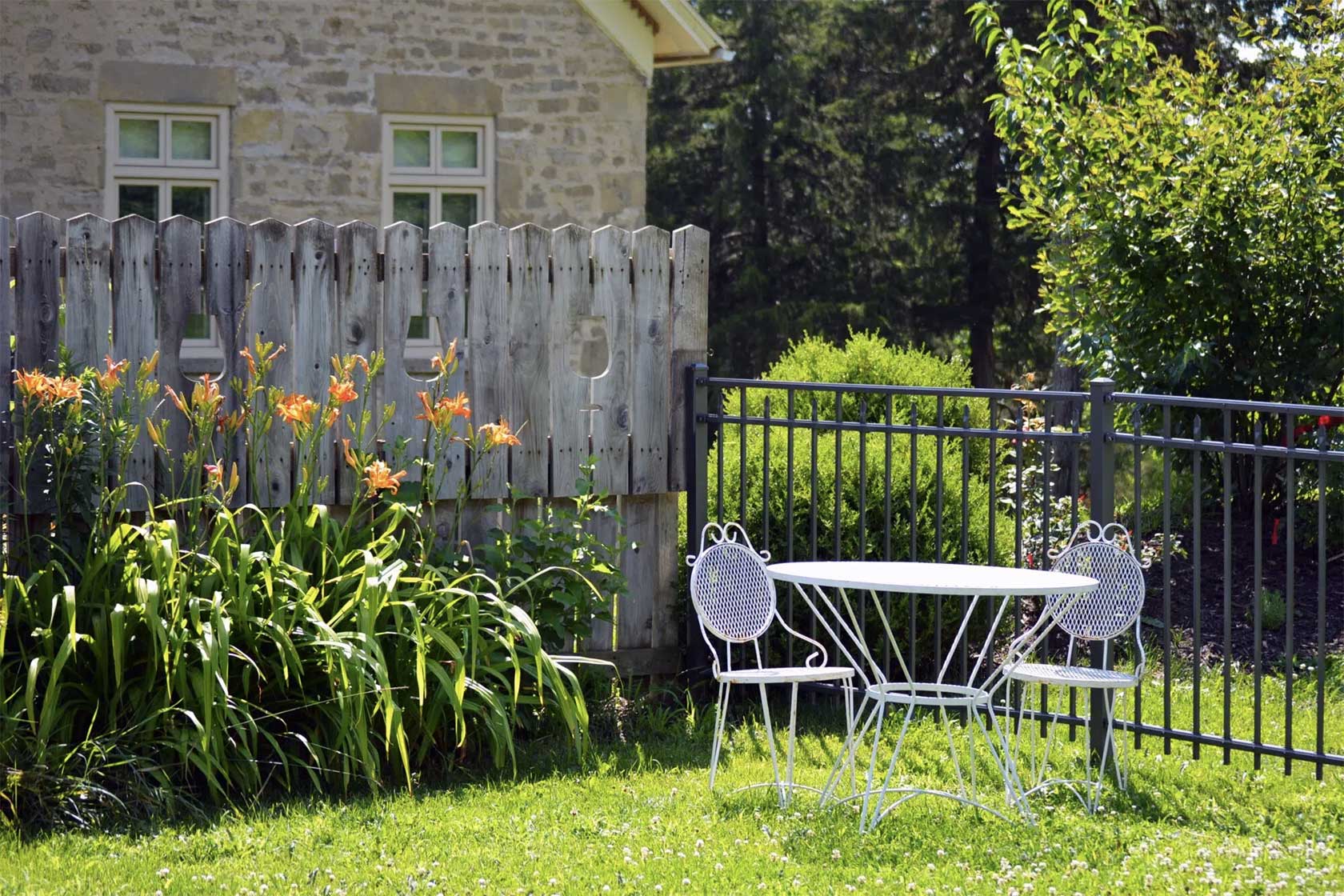Gardening can be a therapeutic and rewarding hobby. It not only adds beauty to your home but can also provide fresh produce for your family. To get the most out of your garden, it’s essential to optimize its layout, soil, and plant selection. In this blog post, we will discuss several key factors that can help you fully optimize your garden.
Assessing Your Garden Space
The first step in optimizing your garden is assessing the available space. You should consider the size and shape of your garden, as well as the surrounding environment. Don’t forget to take note of how much sunlight your garden receives throughout the day, and think about how much space each plant will need as it grows. Lastly, consider the location of your garden in relation to your home and how this will impact its accessibility and maintenance.
Soil Preparation And Optimization
Healthy soil is crucial for a thriving garden. You can start by testing the pH levels and nutrient content of your soil. Amend the soil with organic matter, such as compost or well-rotted manure, to improve its structure, drainage, and fertility. Additionally, consider using mulch to help retain moisture and suppress weeds. Remember to rotate your crops each year to prevent soil depletion and reduce the risk of pests and diseases.
Choosing The Right Plants
Selecting the right plants is key to optimizing your garden. The factors that you should keep in mind are your climate, soil type, and sunlight exposure when choosing plants. Native plants are often a great choice, as they are well-adapted to local conditions and require less maintenance. If you’re growing a vegetable garden, think about what products your family enjoys and plants that have a high yield. Don’t forget to include pollinator-friendly plants to attract beneficial insects and improve biodiversity.
Efficient Garden Layout And Design
A well-planned garden layout can help maximize your available space and increase productivity. Consider using raised beds or container gardening to better control soil quality and drainage. Implement efficient planting techniques, such as square-foot gardening or vertical gardening, to make the most of your space. When designing your garden, group plants with similar water and sunlight requirements together to simplify maintenance and conserve resources. You could also invest in a tuin.co.uk summerhouse which would help with the layout and design. If you check out the models at Tuin.co.uk, the models that they have are perfect for a garden centerpiece. Additionally, you can use the summer house as storage space for your garden equipment.
Implementing Effective Watering Techniques
Water is essential for a healthy garden, but it’s important to use it wisely to conserve resources and avoid overwatering. Install a drip irrigation system or soaker hoses to provide consistent moisture directly to the plant roots, reducing evaporation and runoff. You can also collect rainwater in barrels to supplement your watering needs. Be sure to water your garden during the cooler parts of the day to minimize evaporation and stress on your plants.
Proper Pruning And Maintenance
Regular pruning and maintenance can help optimize your garden’s growth and productivity. Prune your plants to encourage healthy growth, remove dead or diseased branches, and improve air circulation. Keep an eye out for weeds, and remove them promptly to prevent them from competing with your plants for nutrients and water. Regularly inspect your plants for signs of pests or disease, and address any issues promptly to minimize damage.
Integrated Pest Management
An integrated pest management (IPM) approach is an environmentally-friendly way to control pests and maintain a healthy garden. IPM focuses on using a combination of biological, cultural, and chemical controls to minimize pest populations and reduce the need for harsh pesticides. Introduce beneficial insects, such as ladybugs and lacewings, to help control pests and plant a diverse range of species to create a balanced ecosystem. Use organic or least-toxic pesticides as a last resort, and always follow the label instructions carefully.
In Conclusion
Fully optimizing your garden involves careful planning, soil preparation, plant selection, and maintenance. By implementing these strategies, you can create a beautiful and productive garden that is both efficient and environmentally friendly. Happy gardening.





